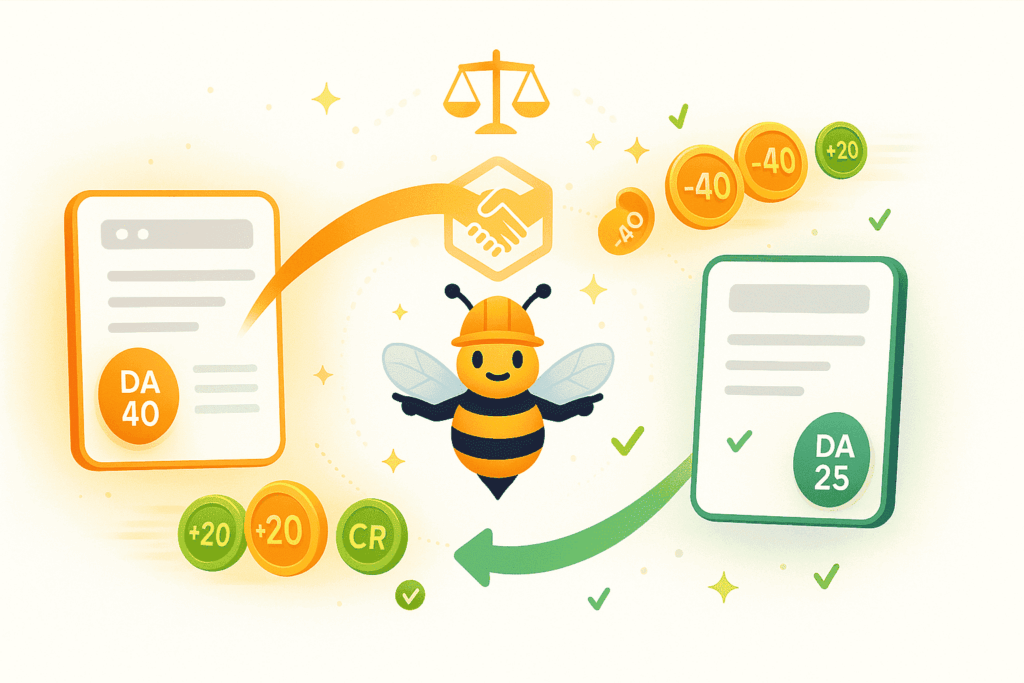How to Calculate Valuation Shark Tank
Master Shark Tank valuation math to protect your ownership. Learn how equity percentages determine your company’s worth.
How the How to Calculate Valuation Shark Tank works
Learn the formula, build strong justifications, and understand deal structures. Prepare to defend your valuation with confidence.
Valuation drives equity dilution and your future wealth. This guide teaches the math that protects founder ownership.
How it works
Tutorial
Understanding Shark Tank valuation transforms passive TV watching into fundraising education. Every pitch teaches negotiation tactics: entrepreneurs who justify valuations with metrics (revenue, customers, growth rate, comparable exits) do better than those defending arbitrary numbers with emotion. Sharks probe valuation relentlessly because equity percentage determines returns – getting 25% instead of 15% in a company that exits for $20M means $5M vs $3M personally, a $2M difference from negotiating 10 percentage points. These same dynamics drive every real startup fundraising round.
Learning valuation calculation helps entrepreneurs prepare for investor meetings by understanding how to price equity offerings, what justification investors expect, and when to walk away from bad deals. The math is simple – investment divided by equity percentage – but the implications for ownership dilution, control, and wealth creation are profound. Entrepreneurs who can’t calculate and defend their valuation in real-time lose credibility and get worse terms, while those demonstrating fluency with numbers earn respect even from sharks who disagree with the valuation.
The Basic Formulas
| What to Calculate | Formula | Why It Matters |
|---|---|---|
| Company Valuation | Investment Amount / Equity Percentage | What you’re claiming company is worth |
| Equity to Offer | Investment Needed / Target Valuation | How much ownership to give up |
| Founder Retention | 100% – Equity Sold | What you keep after the deal |
| After-Investment Value | Pre-Money Valuation + Investment | Company worth after money is added |
Step-by-Step Example
The Pitch:Tech startup, $800K annual revenue, 200% year-over-year growth, entrepreneur wants $500K for 15% equity; Barbara Corcoran offers $500K for 25% equity
Step 1: Calculate Entrepreneur’s Valuation
| Item | Value | Explanation |
|---|---|---|
| Investment Requested | $500,000 | Capital to grow business |
| Equity Offered | 15% | Willing to give this ownership |
| Entrepreneur’s Valuation | $500,000 / 0.15 | $3,333,333 |
| After-Investment Value | $3,333,333 + $500,000 | $3,833,333 |
| Revenue Multiple | $3,333,333 / $800,000 | 4.17x revenue |
| Founder Keeps After Deal | 100% – 15% | 85% |
Step 2: Evaluate Barbara’s Counter-Offer
| Item | Barbara’s Terms | Impact |
|---|---|---|
| Investment Amount | $500,000 | Same capital offered |
| Equity Demanded | 25% | Higher ownership stake |
| Barbara’s Valuation | $500,000 / 0.25 | $2,000,000 |
| After-Investment Value | $2,000,000 + $500,000 | $2,500,000 |
| Revenue Multiple | $2,000,000 / $800,000 | 2.50x revenue |
| Founder Keeps After Deal | 100% – 25% | 75% |
| Valuation Discount | $3.33M – $2.0M | 40% lower than ask |
Step 3: Calculate Future Value at Exit
| Scenario | Equity % | Valuation | Founder Keeps | Value at $20M Exit |
|---|---|---|---|---|
| Original Ask | 15% | $3,333,333 | 85% | $17,000,000 |
| Compromise at 18% | 18% | $2,777,778 | 82% | $16,400,000 |
| Compromise at 20% | 20% | $2,500,000 | 80% | $16,000,000 |
| Compromise at 22% | 22% | $2,272,727 | 78% | $15,600,000 |
| Barbara’s Offer | 25% | $2,000,000 | 75% | $15,000,000 |
| Each 1% equity costs $200K at $20M exit | ||||
What This Means
The entrepreneur’s 4.17x revenue valuation is aggressive but potentially justified by 200% growth – high-growth tech companies can command 4-6x revenue multiples. Barbara’s 2.5x revenue valuation is conservative, typical for earlier-stage companies without proven profitability. The 40% valuation gap ($3.33M vs $2M) requires negotiation: accepting 20% equity (instead of 15%) means $2.5M valuation – still above Barbara’s offer but shows willingness to compromise.
The exit scenario analysis shows why every percentage point matters: at a $20M exit, the difference between 15% dilution (keep 85%) and 25% dilution (keep 75%) is $2 million in founder proceeds – $17M vs $15M personally. Each 1% equity equals $200K at that exit size. This is why Shark Tank entrepreneurs fight for percentage points and sometimes walk away from deals.
If the founder believes a $20M+ exit is realistic within 5-7 years based on growth, giving up 25% for $500K is expensive – selling $5M in future value for $500K today. However, without the capital and Barbara’s expertise, they might never reach that exit. Balancing dilution against growth acceleration is the real negotiation. Understanding these numbers helps you negotiate from a position of knowledge rather than emotion.
Every Business Needs Backlinks, Including Yours.
Meet the smartest link building tool ever made
BlazeHive matches your pages with relevant sites, finds the exact
paragraph to place your link, and verifies placement
automatically. Build backlinks while earning credits for linking
to others.
Your first step was How to Calculate Valuation Shark Tank; your next step is easier SEO with BlazeHive.
AI-Powered Niche Matching
Get matched with relevant sites automatically Our AI analyzes your content and finds websites in your exact niche that actually want to exchange backlinks. No random link farms, no irrelevant sites, just quality matches with 97%+ topical relevance so every backlink builds real authority.

Automated 24/7 Link Building
Your backlink profile grows while you sleep BlazeHive runs continuously, matching you with new relevant sites as they join the network. More matches mean more backlinks, higher rankings, and growing organic traffic, all without manual outreach, follow-ups, or agencies charging $5K/month.

First Backlink in Under 7 Days
Stop waiting months for outreach results Most users get their first quality backlink within a week of joining. No cold emails with 2% response rates, no waiting 3-6 months for agency deliverables. Just AI matches delivered daily so you can start building authority immediately.

Credit-Based Fair Exchange
Earn credits by giving, spend credits to receive Give backlinks to relevant sites and earn credits based on your domain authority. Use those credits to get backlinks from sites you need. Fair value exchange means no one gets exploited higher DA sites cost more credits, new sites get incentive pricing.

